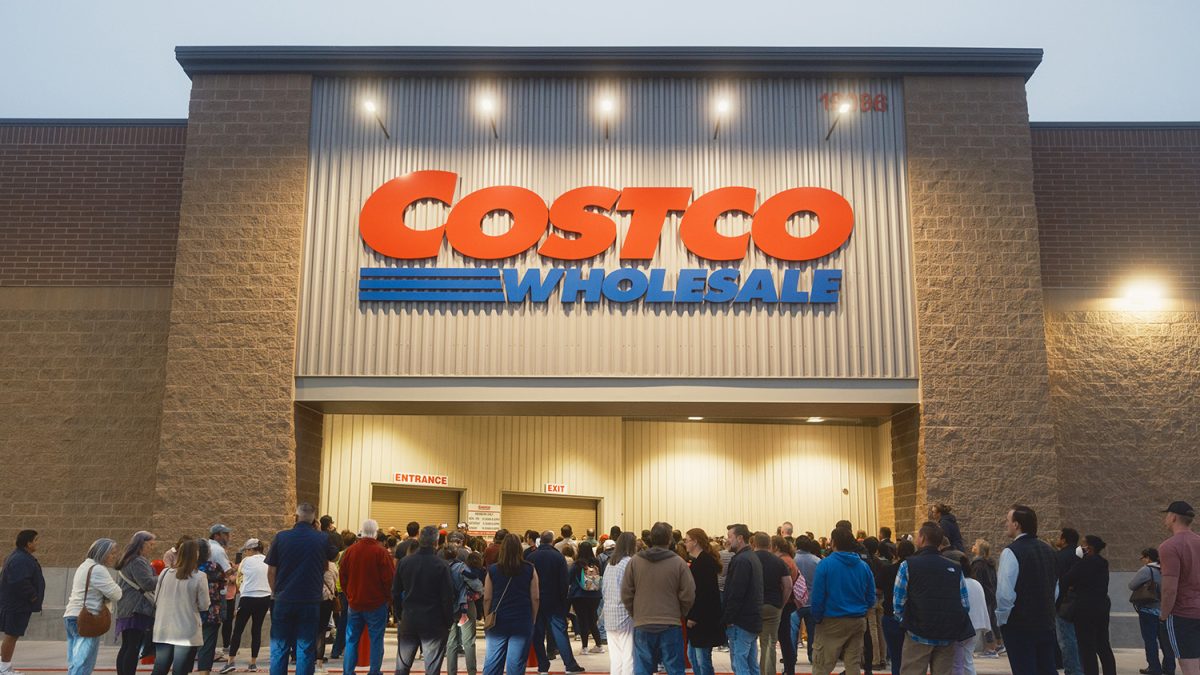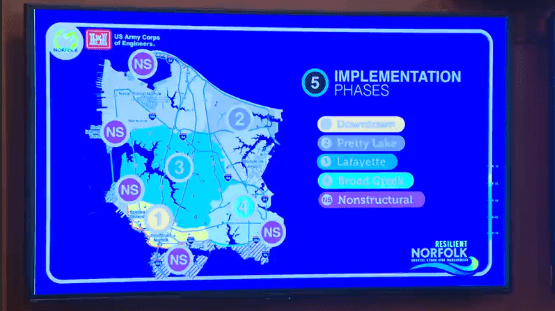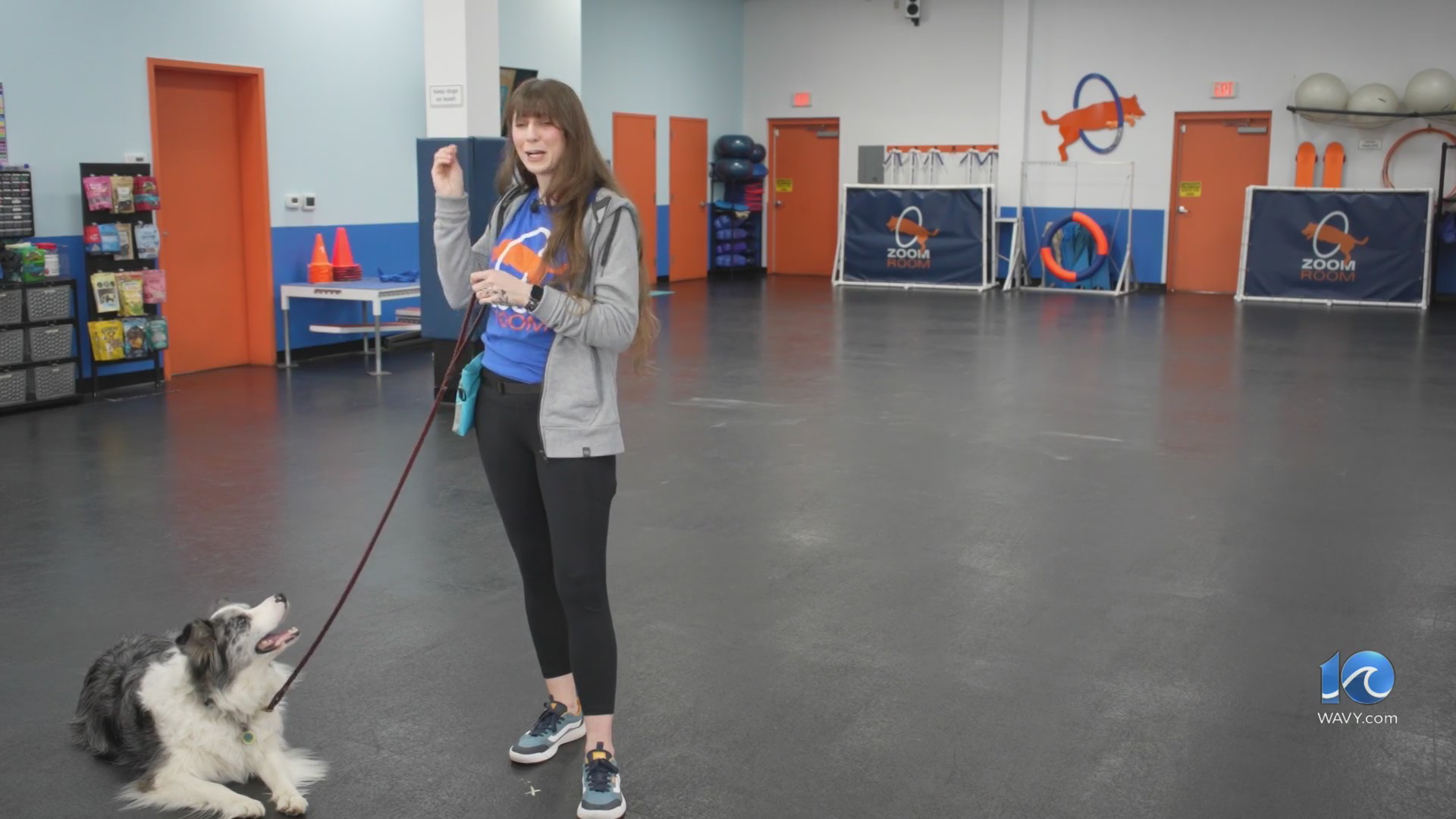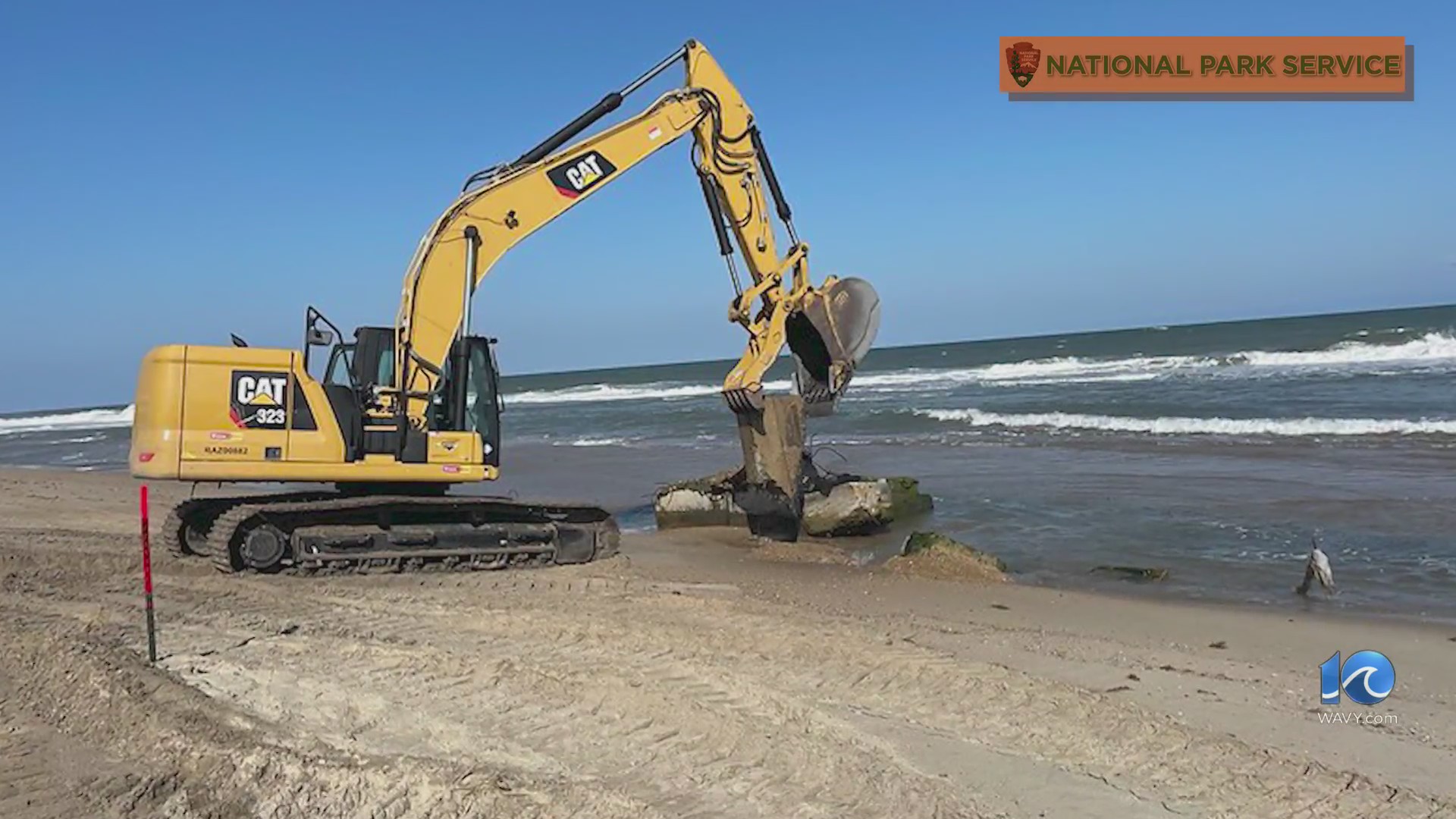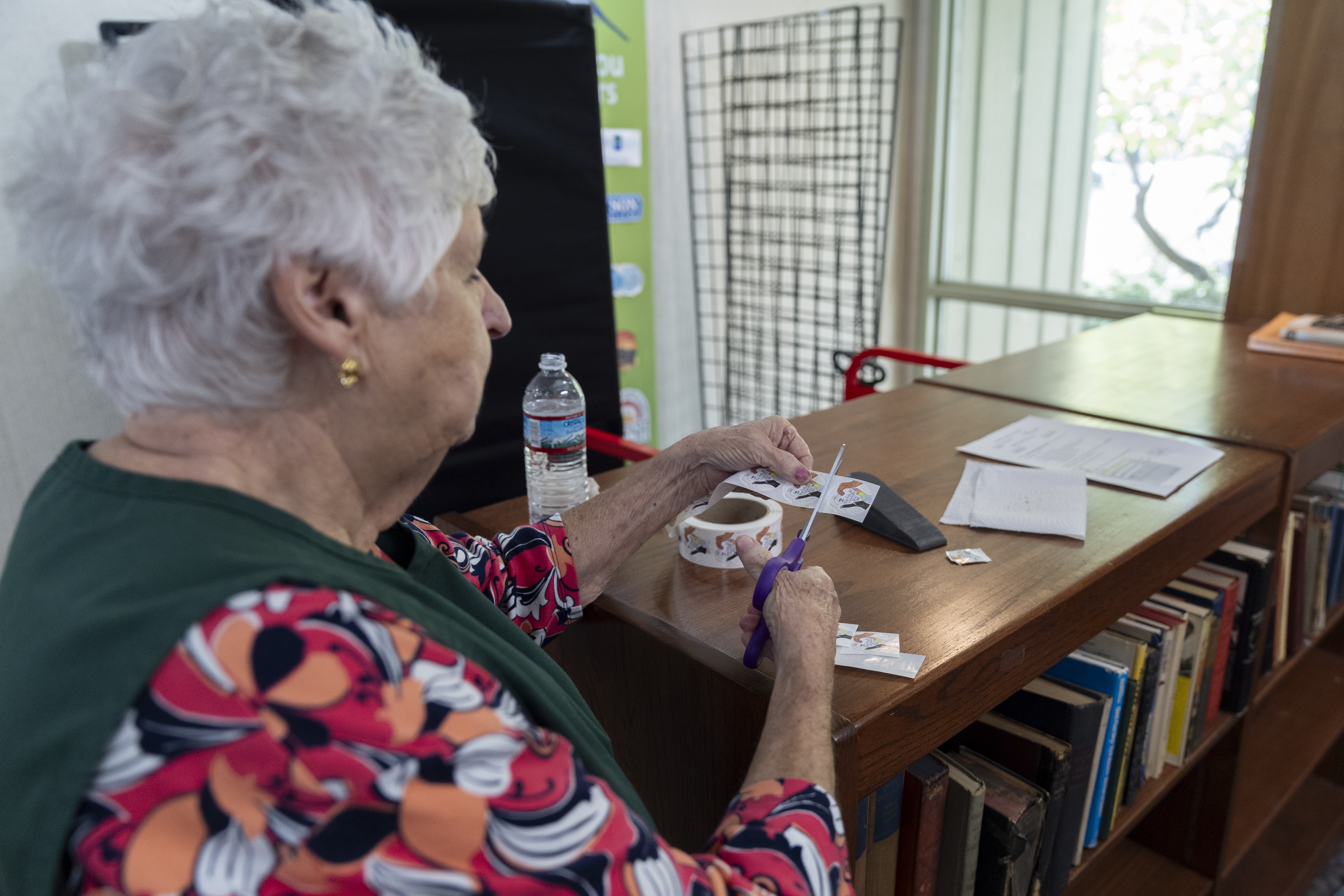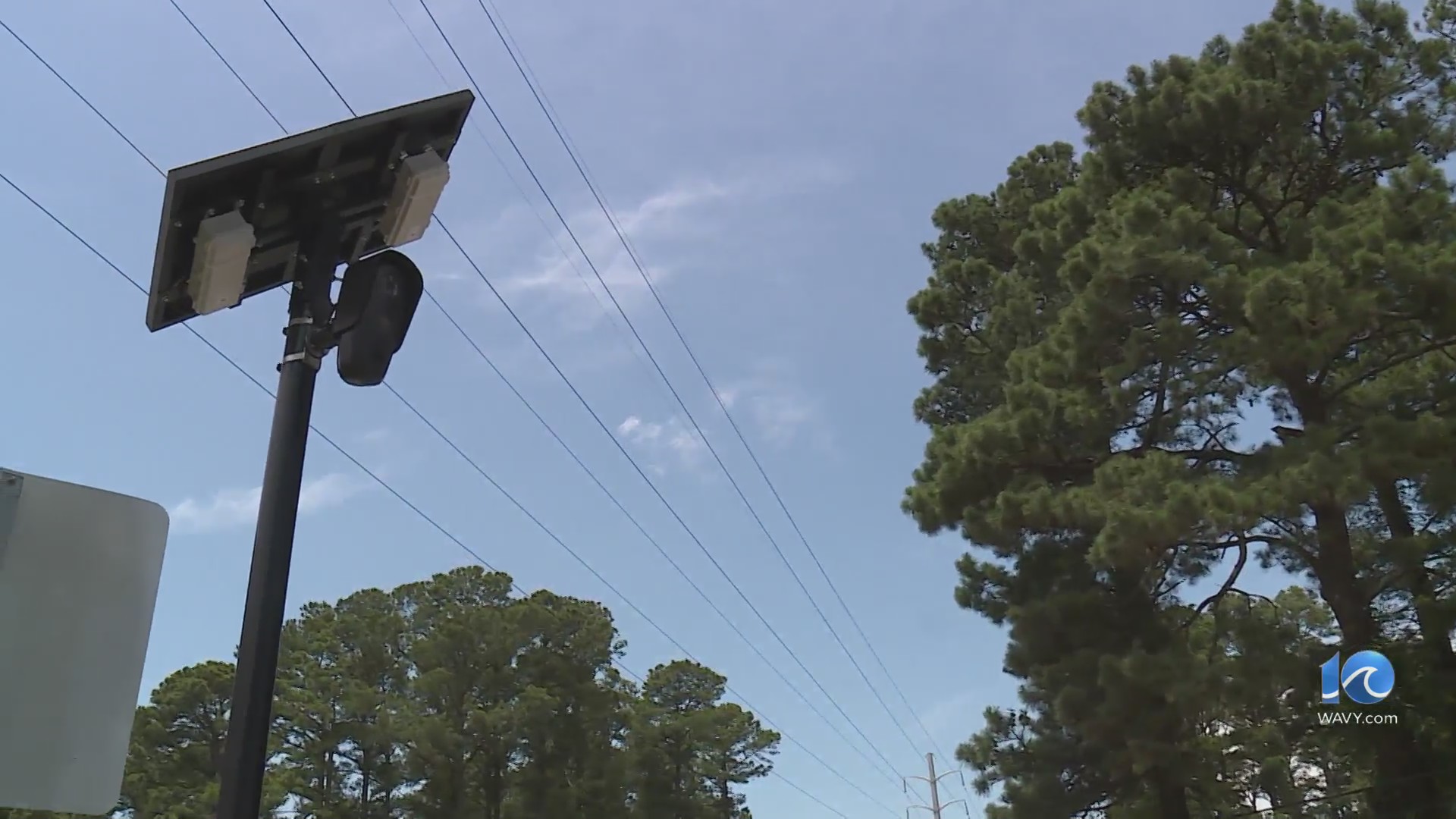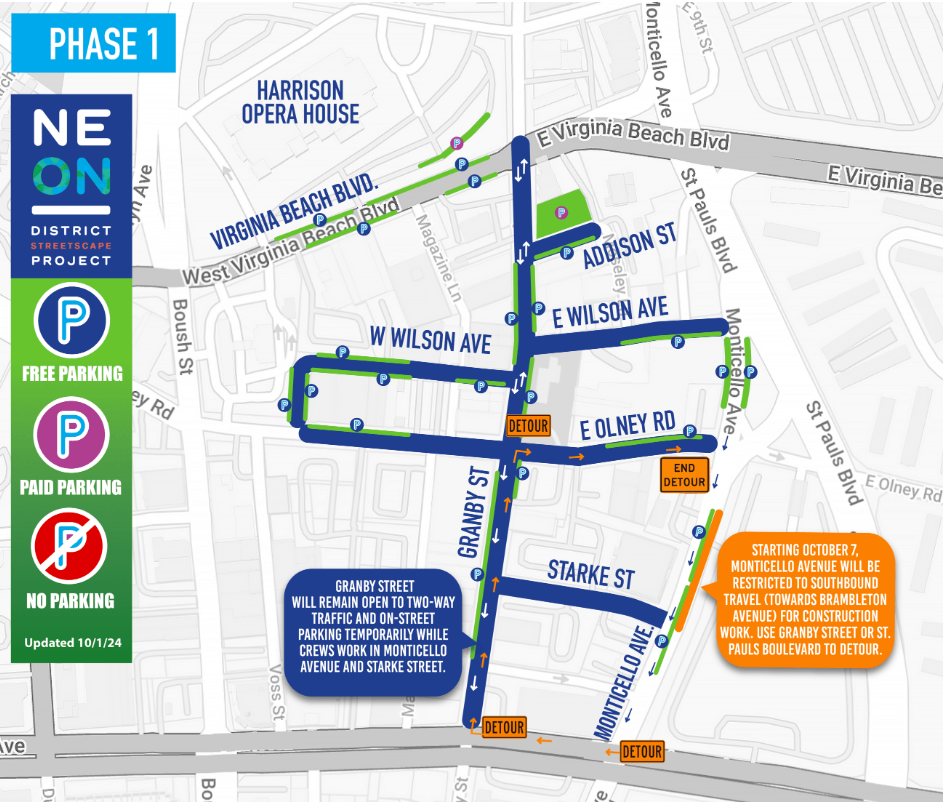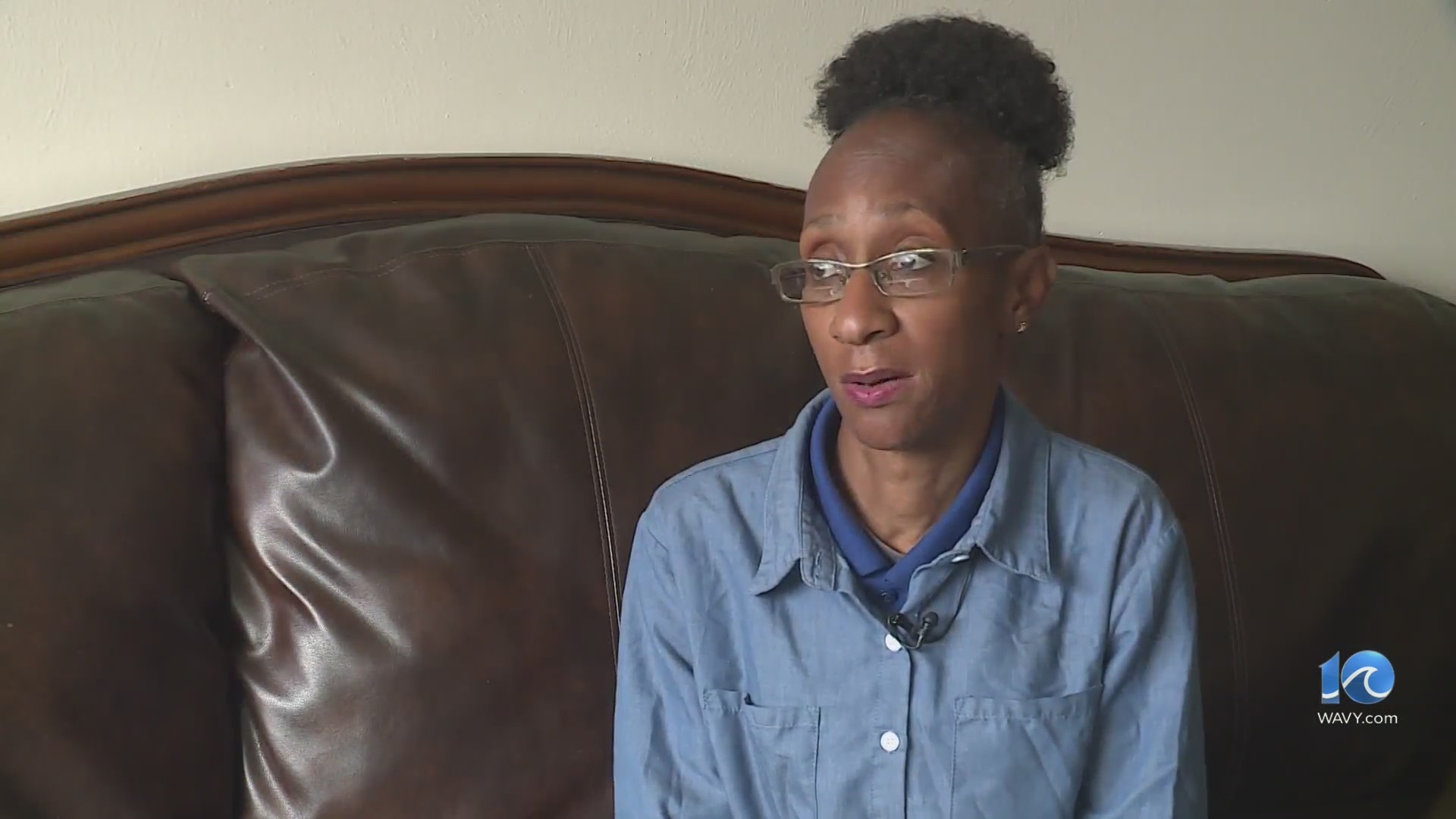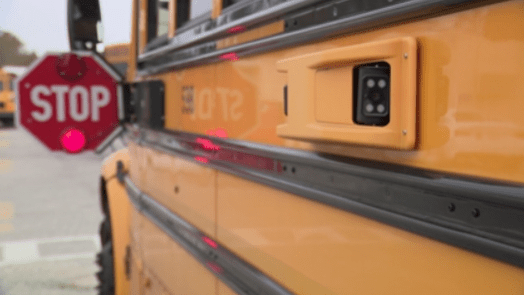VIRGINIA BEACH, Va. (WAVY) — A new school focused on educating children with autism is filling a big need in Virginia Beach.
The Maverick Learning Center has been open for almost two years now, and enrollment is already underway for next school year. It’s a program for families of students on the spectrum who don’t feel like they have anywhere to turn.
Some local parents say finding a place for their kids who are on the spectrum to learn and grow is difficult. That’s why they say Maverick Learning Center is meeting them in the middle, helping adapt education to empower students for years to come.
“Maverick Learning Center for us just felt like a breath of fresh air, like a sigh of relief almost, because we were welcomed like family,” said Joey Launi.
Joey and Jacklyn Launi said it took about two-and-a-half to get a medical diagnosis for autism for their 6-year-old son, Weston. They said he’s in-between being in a self-contained environment with special needs students and being in an inclusion environment with neuro-typical students.
They say Westin started kindergarten in a traditional classroom, but really struggled.
“Lots of kids, lots of teachers, you know, a really long line to get into the building with parents and kids and all of that,” Jacklyn Launi said. “I think was really overwhelming to him.”
Now, they say he’s thriving.
“He walks right in here now with this little bookbag on, goes right through the door, so you can just see it’s really like a home away from home for him,” Jacklyn Launi said.
He can take his shoes off, dress up like a doctor and really be himself.
“Weston isn’t atypical in an environment like this,” Joey Launi said. “It’s like it was actually like designed specifically for him.”
Other schools for kids with autism may focus more on behavioral issues, while others may cater more toward kids who are non-verbal, but Maverick Learning Center meets kids in the middle.
Founder Maegan Cahoon said her son Maverick was one of those kids who didn’t have a place to go.
“My husband and I, being entrepreneurs, we said, well, we could sit around and wait for the next 10 years for someone to create a school that’s made for him,” Cahoon said, “or we could do it ourselves.”
And they quickly realized the need for it and how other families, like the Launis, could benefit too. The center runs like a traditional school from 8:30 a.m. to 3 p.m. with all their core classes like English and math, and they have recess and lunch.
“Our school is tailored to the students, so it’s sensory friendly,” Cahoon said. “It’s a lot smaller group, so it’s made for them instead of them having to learn inside a school that is overwhelming for them.”
There’s more natural lighting, various types of seating and teachers who work to meet students where they are.
“They have varying behavior and social needs,” Joey Launi said, “and because the class sizes are a little smaller, the teachers are able to adapt and kind of mold their instruction to the individual students.”
Dr. John Harrington, the vice president of quality, safety and clinical integration at Children’s Hospital of the King’s Daughters, said they’re seeing increasing numbers of children being diagnosed with autism. CDC data shows about one in 36 children born today will have autism, and 1 in 25 of them, or about 4%, are boys.
Harrington said the study focuses on 8-year-olds, and believes it could even be higher today.
“So you’re talking 4% of the population of boys born today have autism, and that’s at age eight,” Harrington said. “So we’re probably, if it’s continuing to increase the way it is right now, … it’s probably more if you look, if you think about the kids that are two, three and four right now.”
He said there are varying levels of need, meaning what do you need in order to be successful.
“Level one meant that you needed minimal support, or you could actually probably live on your own and do you know and not get too much support,” Harrington said. “Level two was more support and level three was maximal support. So really, now, we look at autism spectrum disorders and then look at the levels of their functioning and the levels of need that they need as they get older.”
He said it also can be difficult to calculate the need of a child for social reasons, so they also look at their ability to interact with other kids, or what causes their meltdown.
“So for example, if a child is very high functioning, they’re reading, they can do math, but they really can’t stand any change in their environment and the fire alarm goes off and they melt down and can’t leave because they’re like, ‘You’ve totally messed up my world and I can’t leave,” Harrington said. ‘What level is that? Right. Well, for sound, he’s a level three, but for everything else, he’s level one.”
Harrington said there are various early indicators of a child with autism, but one of the biggest ones is communication.
“Social language is very important to develop, you want to get people’s attention, you want to share engagement and people with autism don’t do that early on,” Harrington said. “Then, as they get older, it becomes a little bit more clear as you look for the social communication and repetitive and restrictive behaviors and sensory issues that a lot of children with autism have.”
Harrington said there are ways, though, to make a child with autism more comfortable.
“Maybe not as bright lighting — that can sometimes set people off,” Harrington said, “the noises, not directly interacting with them and maybe not directly looking at them sometimes because that can make them feel uncomfortable.”
He also recommended that teachers don’t wear bright jewelry or have things in their classroom that make a lot of noise because that can be distracting to a child with autism.
Cahoon said they take these things into consideration at Maverick Learning Center, as they plant seeds, not just for academic growth, but socially and emotionally too.
“They feel so comfortable here,” Cahoon said. “They feel safe, they feel accepted, so while they might not be able to stem in a traditional school setting, they’re able to do that here without feeling different.”
And she said the confidence is pouring over into the classroom, too. Cahoon told 10 On Your Side that Maverick was barely reading when they opened and now he’s reading everything, which gives her so much hope for the future.
“You never know as a parent of a child with special needs where they’re going to go in their life,” Cahoon said. “You get a diagnosis when they’re younger and you’re kind of like, what’s their future going to look like? But being able to see growth every year is so important, and that may come a little bit slower than your neurotypical child, but growth is important, and that’s just what every parent wants.”
Enrollment for next school year is open now. They also have an open house coming up on May 4. For more information about the admissions process and to contact the school, click here.




